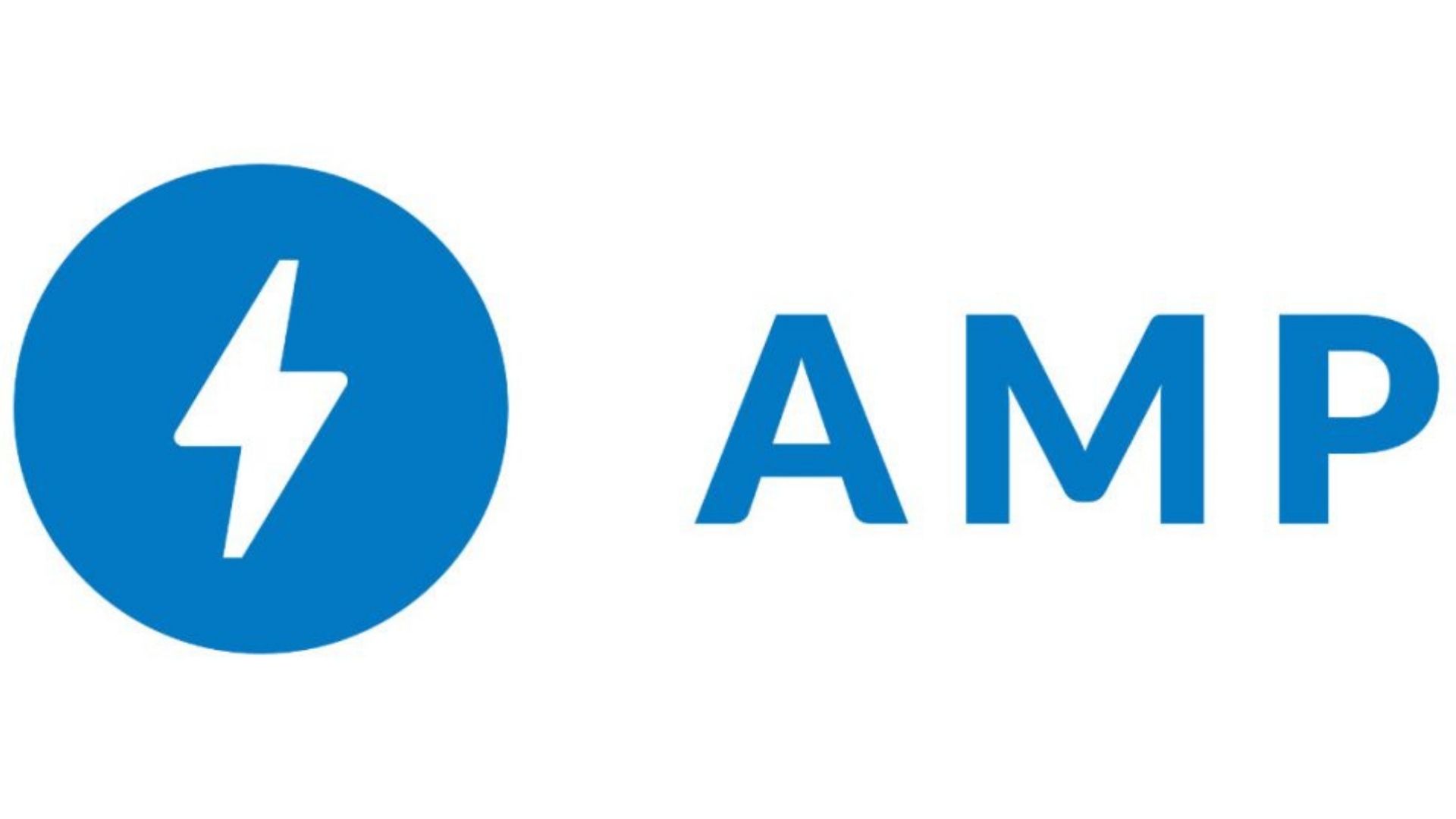Table of Contents
AMP pages for SEO could be your way to get more traffic, and in this guide, we will talk about what they are, how to use AMP, and the strategies you should follow.
AMP pages for SEO purposes is a debate that has been going on for a while. Experts on both sides discuss if they are good for SEO or not. AMP and SEO both seek to enhance user experience, raise exposure, and optimize content and technical facets of your website. While SEO concentrates on the full website, AMP focuses on mobile pages.
Implementing both AMP and SEO can provide a more comprehensive approach to improving your website’s performance and visibility. Let’s dive deeper into it!

AMP pages for SEO: How to use it?
By building a simple AMP page, using structured data, monitoring your sites, and getting practice with code labs, you may improve your AMP content for Google Search.
The original version of your article page (which people will generally see) and the AMP version of that page must be kept up to date in at least two places. Lead forms, on-page comments, and other items you might be used to seeing on your website in a typical implementation won’t likely work with AMP because it forbids things like form elements and third-party JavaScript.
Additionally, you may need to modify the site template to comply with the constraints. For instance, every CSS in AMP has to be in-line and under 50KB in size. Custom fonts need a lot of loading; thus, to properly regulate that loading, they must be loaded using a specific amp-font extension.
What is AMP?
AMP is a technology that enables the creation of quick-loading, mobile-friendly web pages. In addition to offering a better user experience for mobile visitors and assisting in enhancing a website’s exposure in search results, AMP pages are made to load rapidly on mobile devices.
You may have to assist customers with adding AMP to their websites or counsel clients on the advantages and disadvantages of doing so if you work as a freelance SEO. You must thoroughly grasp AMP technology, mobile optimization, and how AMP affects SEO to do this job well.
You may assist customers in achieving their marketing objectives and improving their websites’ ranking, visibility, and user experience by assisting them with implementing AMP. To expound on that a little bit further, consider AMP as the free and open-source HTML framework that enables you to design web pages emphasizing user experience while loading quickly and fluidly.

Is AMP good for SEO?
While AMP can improve your SEO, it is not always necessary for SEO, and certain businesses will benefit from it more than others. Optimizing page speed and the mobile user experience is crucial for SEO, and Google AMP is only one method. AMP pages for SEO will help your website with the followings:
Faster Load Time
A crucial component of AMP and its effect on SEO is faster load times. The amount of time it takes for a website to load is a key component in influencing how successfully visitors use it and how highly it is ranked by search engines (SERPs). Higher bounce rates, lesser engagement, and a decreased capacity to convert visitors into customers might result from a website that loads slowly.
Even on sluggish mobile networks, AMP sites are made to load quickly, which can enhance user experience and lower bounce rates. The technology that powers AMP websites employs a simplified form of HTML, a condensed set of CSS styles, and condensed JavaScript to shrink the size of the page and speed up loading.
Improved loading speeds may benefit a website’s rating. A website’s visibility in search results can be enhanced by a faster-loading page, as search engines like Google take page load time into consideration when determining rankings. This may result in more visitors, greater engagement, and better conversions, all of which can enhance a website’s financial performance.
Improved search results visibility
AMP pages frequently receive preferential treatment in search results, showing up in a different “Top Stories” carousel or comparable feature. This can boost a website’s visibility in search results and increase visitors to the site, which is one of the reasons that makes AMP pages for SEO very useful.
Search engines like Google seek to deliver relevant, excellent results when a user does a search. Search engines may enhance the user experience by delivering quick-loading, mobile-optimized results by giving preference to AMP pages. This can boost a website’s visibility in search results and increase visitors to the site.
A website may get more hits and traffic by being included in the top stories carousel, resulting in increased engagement, better conversions, and a healthier bottom line.
Better mobile experience
The number of people using mobile devices to access the internet has increased, making it crucial for websites to offer a top-notch mobile experience. A quick-loading, simplified experience that is suited for mobile users’ smaller displays and less bandwidth is what AMP sites provide.
A website that offers a high-quality mobile experience is more likely to score well in search results, which search engines like Google are emphasizing more and more. A better mobile experience may also aid in lowering bounce rates, raising engagement, and enhancing conversions, which can boost a website’s revenue. This is another benefit of AMP pages for SEO.
However, there are still different debates and opinions on this matter. Both SEO and AMP experts agree and disagree on many different things. AMP pages for SEO might be good, or they might also not have any impact. Trying out a new method for your website wouldn’t hurt you, though.

Creating AMP pages
To create AMP pages for SEO, you need to imply multiple steps. You can also check out Google’s “Enhance AMD content for Google Search” page. Below you will find all the information you need to create an AMP page:
Validate existing HTML
Making AMP pages involves several steps, one of which is validating your current HTML. You can reduce the chance of mistakes and ensure that your pages will appear correctly by ensuring your HTML is accurate. Your HTML is examined by the AMP validator tool to ensure that it complies with the AMP specification.
It looks for various problems, such as unsupported elements, improper HTML, and missing essential tags. The program will offer suggestions on how to remedy any issues it discovers. It’s crucial to fix any flaws the AMP validator finds since failing to do so may cause problems with your AMP sites, such delayed loading times or inaccurate display.
Add AMP library
The next step is adding an AMP library. The AMP library must be included before AMP pages may be created. The AMP library is a JavaScript library that offers every feature required for your AMP sites to load quickly and function at their best. A selection of unique pieces from the collection may be utilized to build interactive, rich web pages that load rapidly. This might help you with AMP pages for SEO purposes.
Convert HTML elements
To generate AMP pages, you must swap out similar traditional HTML components with AMP ones. This is because AMP has a unique collection of specialized components created to enhance usability and performance.
To guarantee that your page complies with the AMP specification, you must replace regular HTML tags with comparable AMP tags and make any other necessary HTML edits.
You’ll be able to design pages that are user- and performance-friendly. Faster loading speeds, higher visibility in search results, and an improved user experience will all come from this. You may design AMP sites that are quick, easy to use and rank well in search results by making an effort to modify your HTML components. You must do these steps to use AMP pages for SEO purposes.
Add AMP HTML tag
The next step in developing AMP pages is to add the AMP HTML tag to your pages after converting your HTML elements to AMP components. All AMP pages must have the AMP HTML tag, which states that the page is an AMP page and is a necessary component.
An essential step in developing AMP pages is adding the AMP HTML element, which tells search engines and other platforms that the page is an AMP page. By adding the AMP HTML element, your AMP pages will be recognized as such and gain the advantages of being an AMP page, such as enhanced exposure in search results and quicker loading times.
Your pages must have the AMP JavaScript library. Your AMP pages must be legitimate and adhere to the AMP definition, which is the responsibility of the AMP JavaScript library. Additionally, it makes several improvements to enhance your site’s functionality, like optimizing styles and lazy-loading pictures.

If you are familiar with SEO and want to make money, we recommend you to check our “How to freelance SEO” guide!
Add structured data
To offer more details on the content of a web page, structured data is a sort of coding that is added to the website. Search engines and other platforms utilize this data to display rich snippets in the search results and to better comprehend the content of the page.
Adding structured data to AMP sites is a crucial step for a number of reasons. First of all, structured data makes it easier for platforms like search engines to comprehend the content of your AMP pages, which may assist in increasing the visibility of your sites in search results. Additionally, by supplying more context and information about the content of your sites, adding structured data can enhance the user experience on your AMP pages.
In any case, it’s crucial to evaluate your structured data to ensure that it appropriately reflects the content of your pages and is presented correctly. The W3C Markup Validation Service and Google’s structured data testing tool are only two of the tools available for evaluating structured data. If you want to use AMP pages for SEO, you must complete the step.
After these steps, your website will be good to go, but you might have to preview it first before publishing. After publishing it, try to see in the near future if AMP pages for SEO purposes work or not.
Is it worth it?
It relies on several elements, including the website’s objectives, the target audience, and the kind of information produced. AMP pages for SEO purposes might be good for your website, but there is also another side to it.
AMP can be a useful tool for websites with a sizable mobile audience and emphasizes delivering quick, accessible information. AMP may enhance user experience and lower bounce rates by building light, quick-loading pages, which can boost engagement and perhaps increase conversion rates. Additionally, AMP sites may appear in Google’s “Top Stories” carousel in the results for mobile searches, giving them greater exposure and perhaps increasing traffic to your website.
The investment in AMP might not be worthwhile for websites with a low mobile audience, few resources, or sophisticated content, on the other side. Modifying your website’s current HTML and design requires AMP implementation, which might require much effort and resources. Additionally, due to the restrictions of the AMP platform, AMP pages might not be ideal for websites that need more sophisticated functionality or interactivity.
Long story short, it mainly relies on your resources and goals. If you have the time and budget and you want to have a light website, you should definitely give it a try. You might also take benefit of the AMP pages for SEO purposes advantages.










